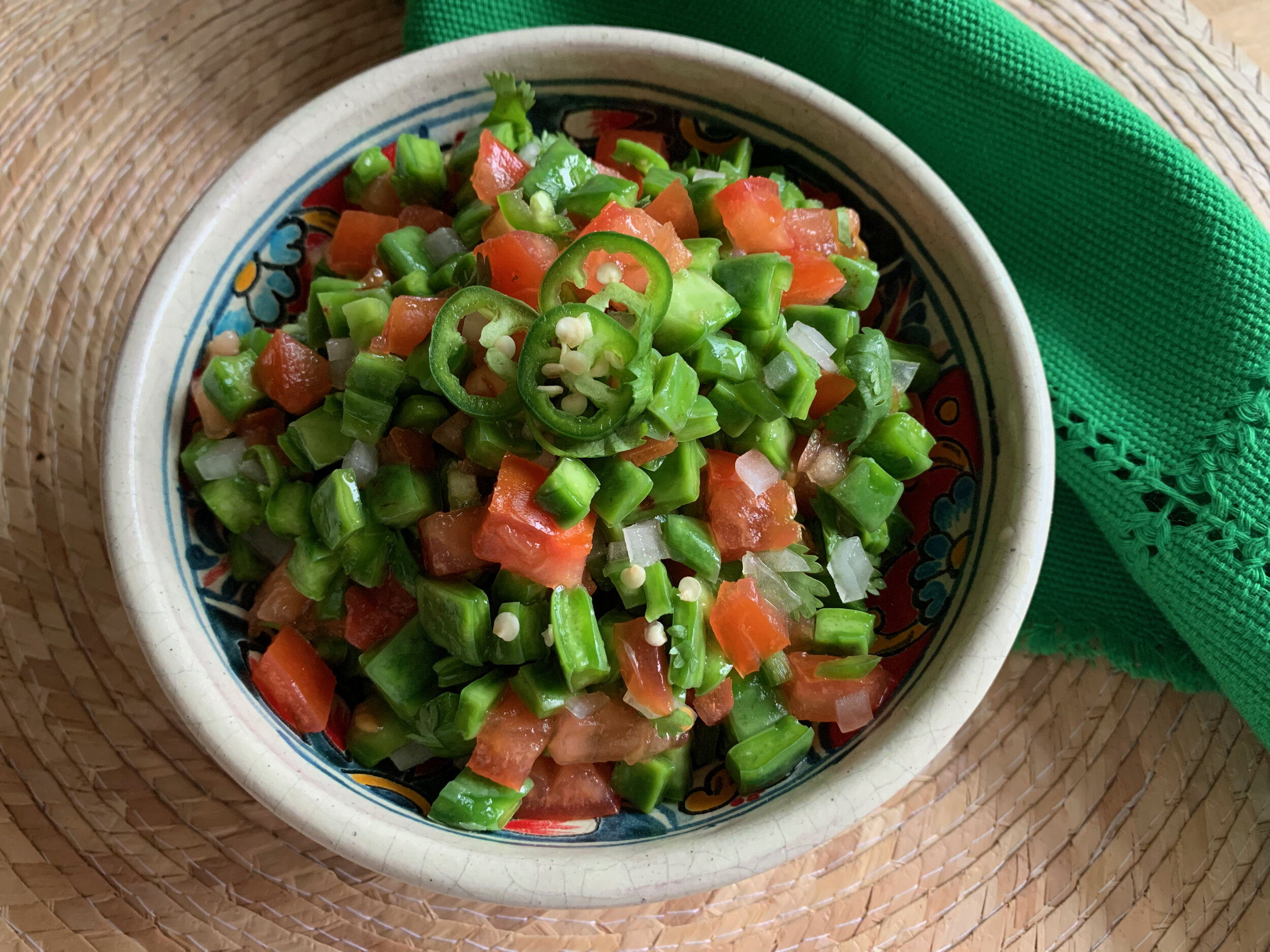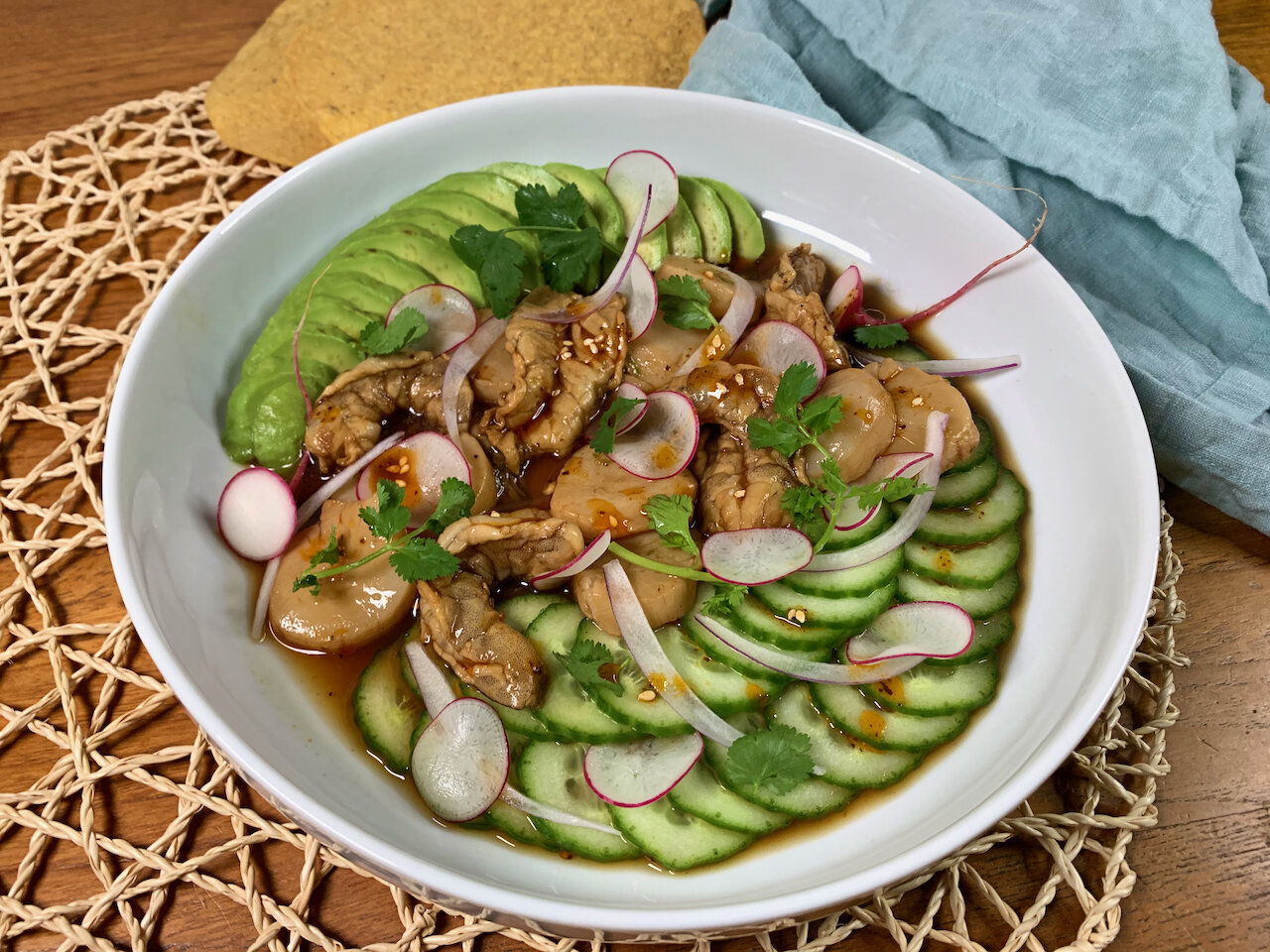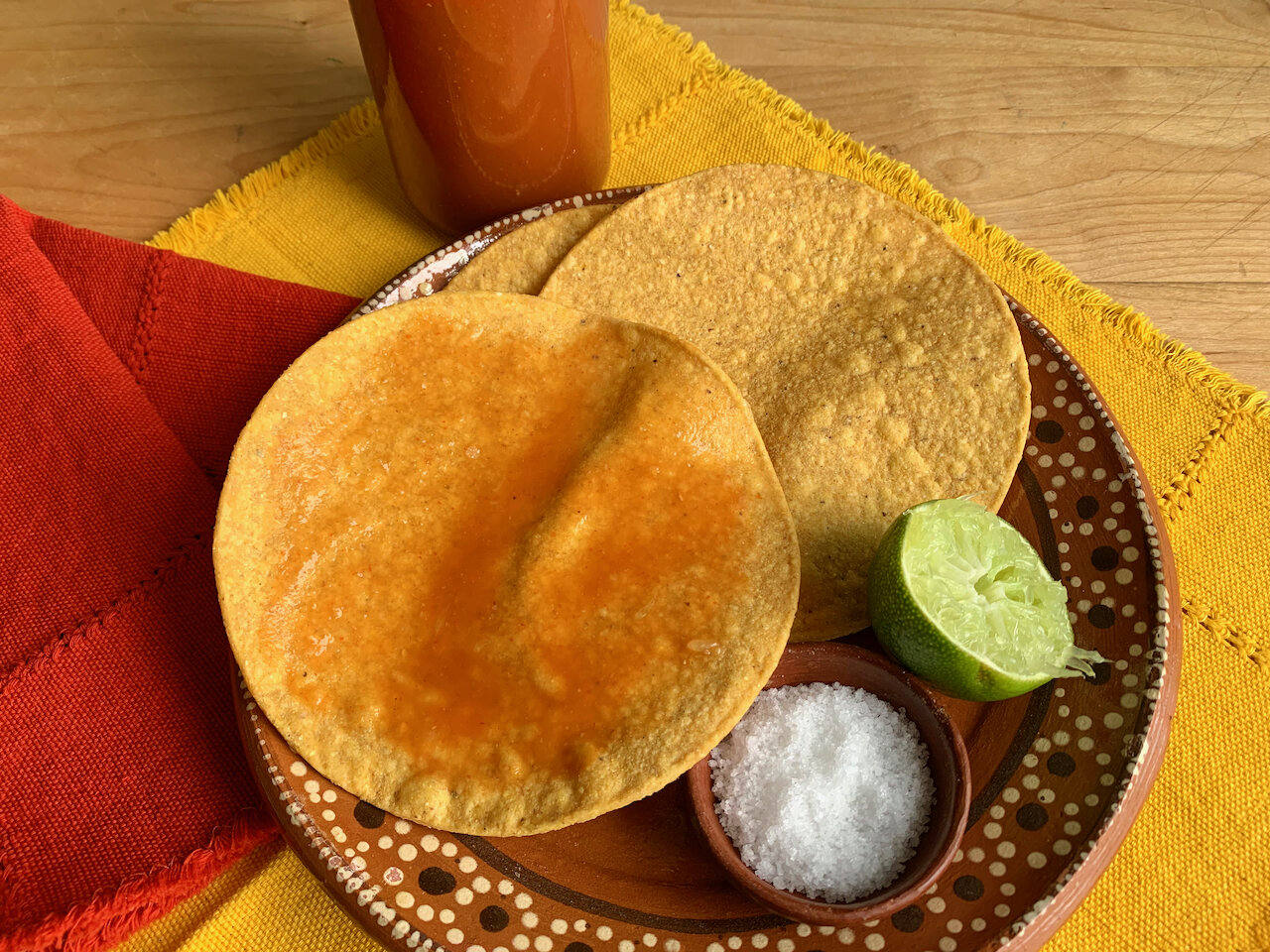There is no question we have all been living the strangest times. This last year and a half has been one of the scariest, most stressful and challenging years I can recall, and though we have all been in this together, we have all lived a totally different experience, based on our individual circumstances.
Yesterday, I was fortunate to receive my second Covid-19 vaccine and based on many people’s reaction to it, I was wondering how it would affect me. Many I know have had a bad reaction to the vaccine and I’ve been hoping it would not be too bad for me. Nevertheless, my arm was very sore and I felt very fatigued, enough to take an afternoon nap.
Forcing myself to get up to cook, all I wanted was something comforting, something that would not take too long to cook and it would be delicious. Granted, this is not the easiest thing in the world to make compared to cooking pasta and adding some butter and Parmesan cheese, but it was what I was craving and since I had everything on hand to make it, I forged on.
I have written about “Sopas Secas” before (check out my blog post about yummy Tacos de Fideo), but I’m not sure they have got the recognition they deserve. Sopas Secas are the result of a true fusion in Mexico - using pasta, but cooking it with a tomato salsa instead - they’re like a cross between an Italian pasta dish and the Spanish Fideuà. I would say they resemble the Spanish version more because they are made exclusively with Fideos, that thin egg vermicelli pasta. Adding the tomato salsa to it is a very common way to flavour dishes in Mexico, and it is not surprising the dish evolved this way, as it is what Mexican cooks know and do every day, whether they are making eggs, stews or salsas!
So what are Sopas Secas, you ask? Well, the name literally translates to “dry soup”, which is misleading because this is not a soup at all, but in Mexico we say a wet soup is anything that’s liquid, and dry soup are “dry” rice dishes and fideos. You can attribute this to the quaintness of the language and just carry on. :-)
A sopa seca would be your grain component and would be a side dish to whatever you are eating, so it could be your rice or your fideos. Then you would have your main protein and a starch in the way of beans or other vegetables to complete your main dish. Fideos Secos will always be flavoured with tomato, and very often you will see them enhanced with chorizo - it’s just a match made in heaven. The little amount of chorizo enriches the dish without making it heavy. As usual, the garnishes crown the dish in the form of avocado, crumbled cotija (or feta) cheese, cilantro and a generous drizzle of crema. A splash or lime juice and extra chipotles in adobo take it over the top.
Dig in with a spoon or put this in a tortilla to make a spectacular taco. Either way, you will be in Mexican pasta heaven!
Fideos Secos con Chorizo
Vermicelli with Chorizo
1 guajillo chile, stemmed, seeded and deveined
2 small vine tomatoes, chopped (1 1/2 cups)
1/2 small onion, chopped (3/4 cup)
1 clove garlic, peeled and chopped
1/2 cup water
2 Tbsp vegetable oil
100g raw Mexican chorizo
2 cups (150g) fideos (thin egg vermicelli noodles)
3 cups chicken stock (or water)
Salt to taste
2 avocados, sliced
1/2 cup crumbled cotija or feta cheese
2 Tbsp chopped cilantro
1/4 cup Mexican crema or crème fraîche
Lime wedges
Chipotle chiles in adobo, optional
Heat up comal or frying pan over medium heat and toast guajillo chile just until fragrant, a few seconds per side - make sure it does not burn.
In blender jar, place toasted guajillo, tomatoes, onion, garlic and 1/2 cup water. Blend until completely smooth. You should have about 1 1/2 cups salsa.
Meanwhile, in large saucepan, heat 2 Tbsp oil over medium high heat and cook chorizo, crumbling as it cooks, until it’s golden brown and a bit crispy. Remove 2 Tbsp and reserve for garnish.
To the pan, add fideos and stir as you cook - you want to get the pasta nice and golden. This will take 5-10 minutes.
Add blended salsa and stir to cook until sauce is thick and dry - 5-10 minutes.
Add stock (or water) and salt to taste and bring up to a strong simmer.
Lower heat and simmer gently, uncovered, until pasta is tender and liquid is mostly absorbed -we want a semi-dry pasta. This will take 12-15 minutes, depending on your cooking temperature.
Serve garnished with reserved chorizo, avocado, cotija cheese, cilantro, and a drizzle of crema.
Serve with lime wedges and chipotles in adobo.
Serves 4.





















